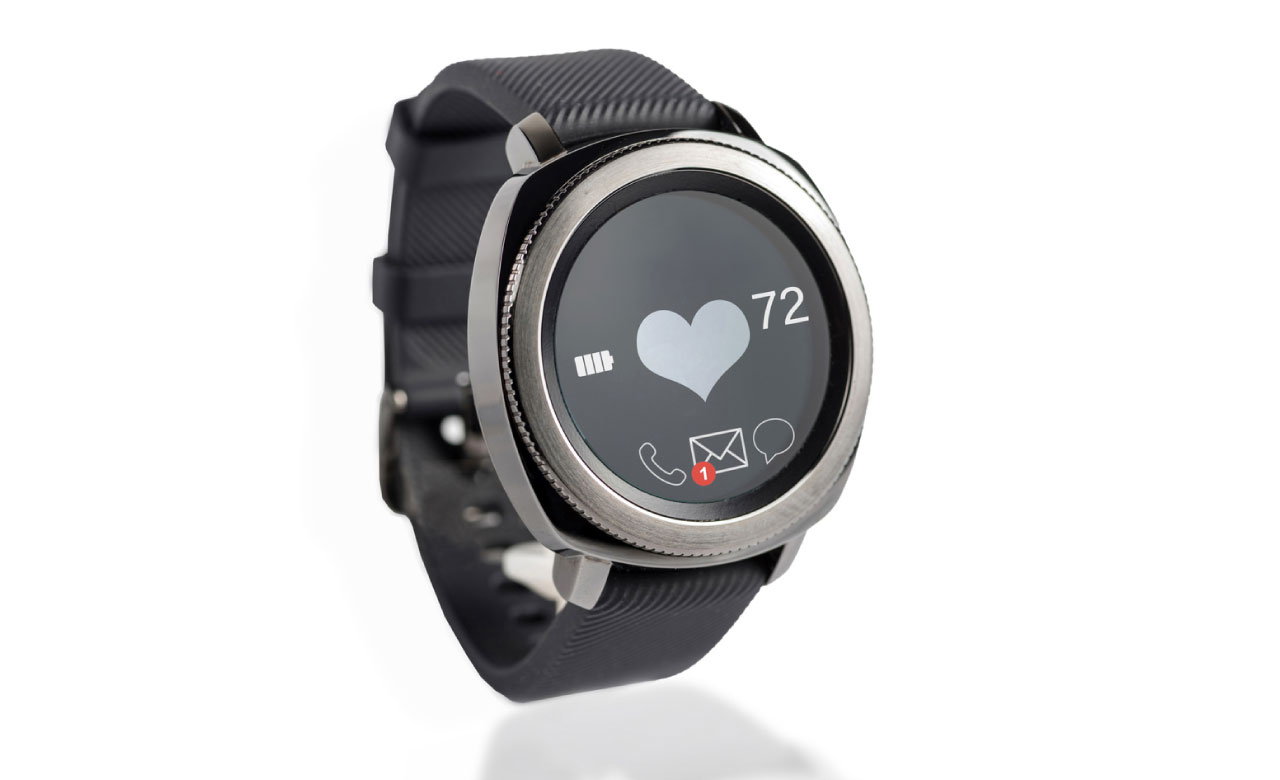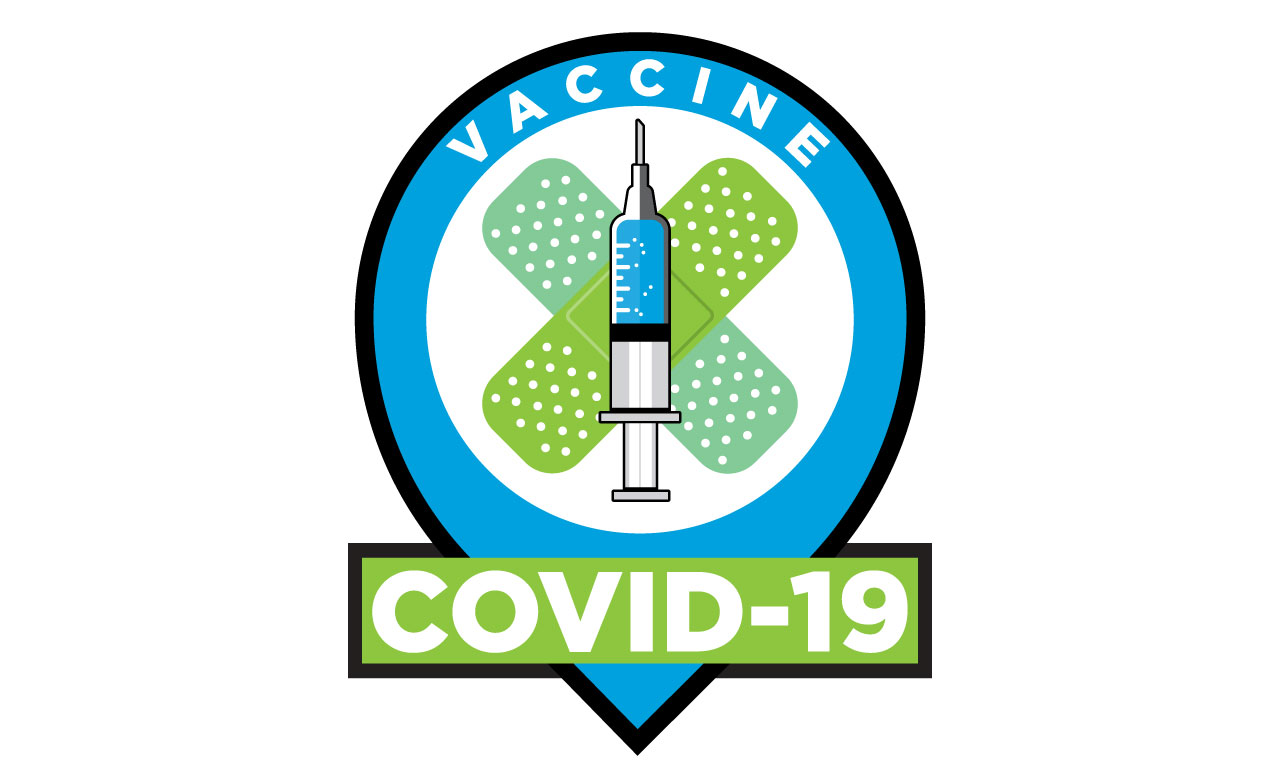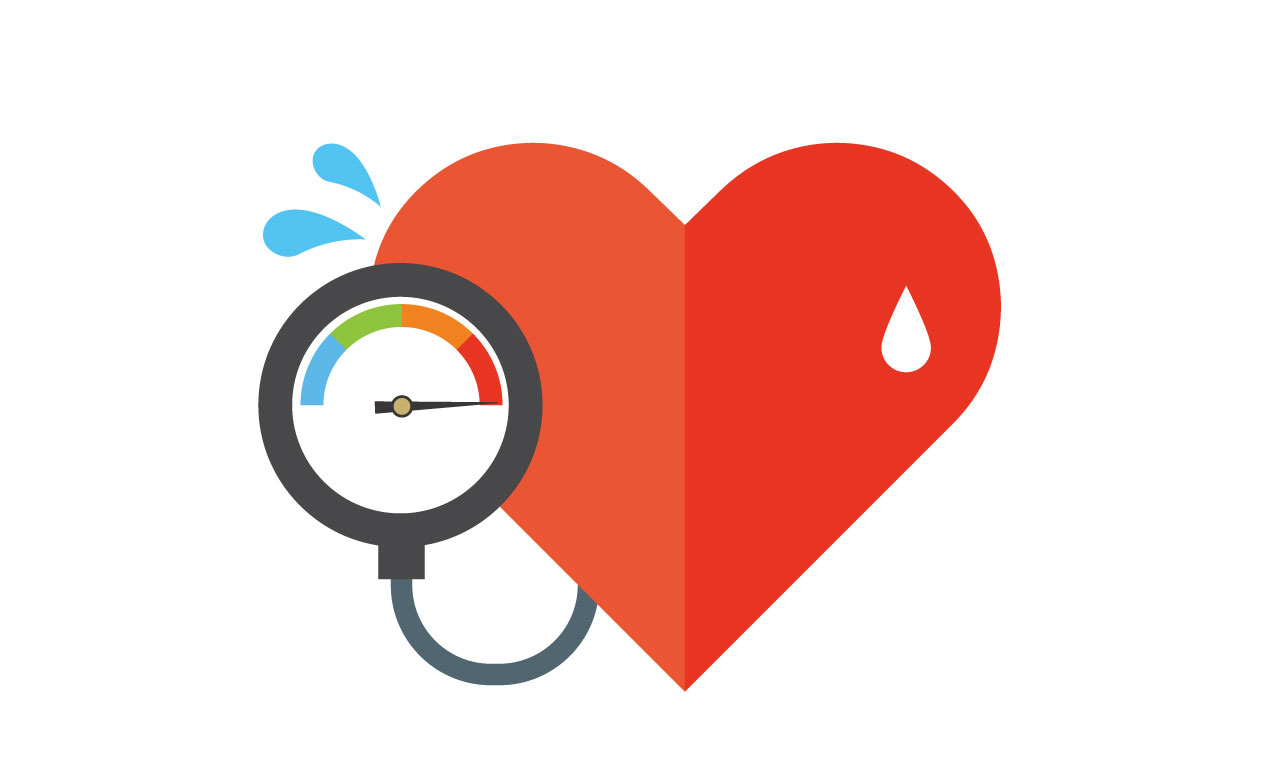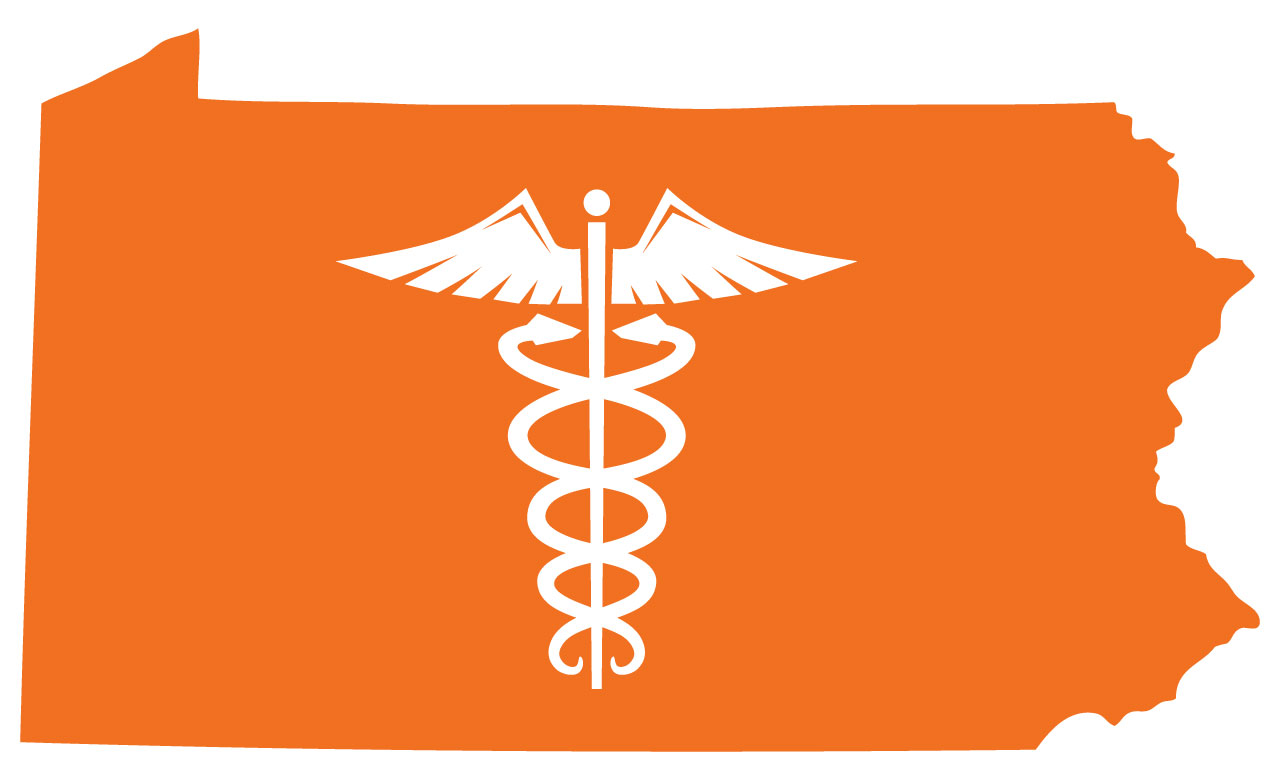
FDA warns patients not to use smartwatches or smart rings to measure blood glucose levels
FDA released a safety alert in February 2024 warning patients about the dangers of smartwatches or smart rings that claim to gauge blood glucose levels without requiring the user to pierce their skin.
Dozens of these models have flooded the market, and none are sanctioned by FDA. The agency said they can produce inaccurate readings with the potential to create harm.
Armed with the wrong information, people with diabetes may adjust their medication and end up putting themselves at risk. Taking too much insulin, sulfonylureas, or other treatment can drive blood glucose to dangerously low levels that can escalate quicky to mental confusion, coma, or even death.
For patients who rely on accurate blood glucose measurements to manage their disease, health care providers can point them to appropriate FDA-authorized devices.
Data from authorized devices may be transferred and displayed via applications on some smartwatches or smart rings, which FDA clarifies are not the target of its safety communication. Their warning applies only to unauthorized devices that claim to actually measure blood glucose through noninvasive methods. ■

Survey looks at characteristics of young adults who use e-cigarettes
In 2021, roughly 31% of adults in the United States aged 18 to 24 years reported ever having used an electronic nicotine product, according to new research from HHS’ Agency for Healthcare Research and Quality (AHRQ).
Among other age groups, the prevalence of having ever used an electronic nicotine product was about 25% of adults aged 25 to 34 years, 18% of adults aged 35 to 44 years, 11% of those aged 45 to 64 years, and 4% of those aged 65 and older.
The data come from the AHRQ’s 2021 Medical Expenditure Panel Survey Household Component.
Overall, roughly 30% of young adults living in metropolitan areas reported ever having used an electronic nicotine product, while the rate for young adults living outside of metropolitan areas was 39%. Young adults in excellent health were less likely to report ever having used an electronic nicotine product compared with young adults in fair or poor physical or mental health, the survey found.
Additionally, ever use of an electronic nicotine product was more common among adults who smoked or had an asthma diagnosis compared with those who did not smoke or have a diagnosis of asthma. ■

CDC: Older adults should get another COVID-19 dose this spring
A February 2024 meeting of CDC’s ACIP ended with a recommendation—which CDC Director Mandy Cohen, MD, accepted—that U.S. adults aged 65 years and older “should” get a second dose of the updated COVID-19 vaccines.
The latest vaccine formulations from Pfizer-BioNTech, Moderna, and Novavax were introduced in the fall of 2023 and reportedly are 40% to 50% effective against symptomatic COVID-19 infection and hospitalization.
Data shared by federal researchers at the ACIP meeting revealed that adults who were immunized with the newest vaccines represented just 4% of COVID-19–related hospital admissions in October and November versus 25% for adults who were boosted the previous fall but did not receive the newest vaccine versions last year.
The call for second doses this spring applies only to older Americans, with adults aged 18 to 64 years less likely to develop acute illness or require hospitalization, and to people who are immunocompromised. ■

BP improves with patients taking GLP-1, says study
Results from a recent study published in the American Heart Association’s Hypertension showed that the GLP-1 tir-zepatide reduced 24-hour systolic BP both at night and in the daytime compared with placebo.
Researchers examined the impact on ambulatory BP from tirzepatide, which was shown during a large clinical trial to lower BP readings taken at the doctor’s office. As a preplanned substudy to the SURMOUNT trial, 1,600 participants with obesity but not T2D (tirzepatide is approved to treat both) underwent ambulatory BP monitoring for 24 hours at baseline and again at week 36.
All patients had a body mass percentage indicating overweight or obesity, BP higher than 140/90 mm Hg, and, if tak-ing antihypertensive therapy, the same regimen in place for at least 3 months. Each patient received either one of three doses of tirzepatide or placebo. The final analysis included 494 participants who had valid ambulatory BP monitoring data at baseline and week 36.
Based on mediation analyses, the improvement was attributed in part to reduced weight. While participants also expe-rienced an acceleration in heart rate, the evidence suggests this outcome likely would abate with continued treatment over the long term.
“This study demonstrates that tirzepatide improves 24-hour BP in obesity-related hypertension,” the study authors wrote. “While being consistent with in-office measurement, the current study uses a method that is superior to office BP alone for predicting cardiovascular risk.” ■

Low-dose aspirin during pregnancy appears to have no effect on child’s neurodevelopment
Low-dose aspirin during pregnancy is safe, according to a new study published in the American College of Obstetricians and Gynecologists’ Obstetrics and Gynecology. Researchers found that the Bayley Scales of Infant and Toddler Develop-ment (Bayley-III) cognitive composite scores indicated no difference when pregnant patients took low-dose aspirin early in pregnancy compared to a placebo. In other words, it neither worsened nor improved a child’s neurodevelopment.
The research was a follow-up study to the multinational ASPIRIN trial, which showed that when women were ran-domized to low-dose aspirin during pregnancy, they had lower rates of preterm birth, preterm hypertensive disorders, and perinatal mortality. Researchers of the current study wanted to gather additional information on any potential long-term effects of in utero aspirin on a child’s neurodevelopment later. Children were assessed at age 3 years with both Bayley-III and the ASQ-3 (Ages and Stages Questionnaire, 3rd edition).
A total of 640 children (329 in the low-dose aspirin group, 311 in the placebo group) were evaluated between Septem-ber 2021 and June 2022. Mothers were randomized to daily low-dose aspirin (81 mg) or placebo through early pregnancy up to 37 weeks.
No significant differences were seen in the language composite score or the motor composite score. Authors wrote that communication, gross motor, fine motor, problem-solving, and personal–social components of the ASQ-3 did not differ between groups either. Researchers also noted maternal characteristics, delivery outcomes, breastfeeding rates, breast-feeding duration, and home environment and also found no differences. ■

Age-related risk of serious falls increases with opioid use
New research published in JAMA Internal Medicine shows that opioid analgesics elevate the likelihood of falls in all adult patients, but the greatest risk is among individuals aged 85 years and older.
The retrospective population-based study included more than 3 million Australians who initiated prescription opioid treatment from 2005 through 2018 in New South Wales.
Patients across the age spectrum were most in danger of falling within the first 28 days of the opioid exposure period. Overall, more than 506,500 serious falls were documented during the study period, including 5,210 resulting in death.
The incidence of serious falls was highest among older adults, underscoring the need for additional fall prevention measures in a population who is already vulnerable due to frailty, polypharmacy, and other factors.
The study authors also emphasized that more needs to be done in terms of prevention education and strategies for younger adults. These individuals are at risk because of fewer former exposures at baseline and higher doses.
Prescribers should carefully weigh the risks and benefits before initiating an opioid regimen, the investigators conclude, especially if patients have pre-existing risk factors—such as older age—or if the plan is to give them high daily doses.
“Targeted falls prevention efforts may be most effective within the first month following opioid initiation,” the authors wrote. ■

Pennsylvania pharmacists can now bill Medicaid for pharmacy services
In Pennsylvania, Medicaid now recognizes pharmacists as providers. Effective March 1, 2024, pharmacists can enroll as providers and bill for pharmacy services.
“This recognition underscores the crucial role pharmacists play in health care delivery, particularly in underserved communities,” wrote the National Alliance of State Pharmacy Associations (NASPA) on their website.
The official recognition aligns with Act 80 of 2020 and State Board of Pharmacy regulations, granting pharmacists provider status and allowing them to bill Pennsylvania Medicaid for rendered services.
To be paid for services in an outpatient setting, pharmacists will need to enroll with Pennsylvania’s Medicaid program and individual Managed Care Organizations. The Pennsylvania Department of Human Services will offer training sessions for pharmacists interested in enrolling as billing providers.
“PA Medicaid’s recognition of pharmacists as care providers comes at a critical time when patients are increasingly losing access to needed care in communities, notably those in rural and urban underserved areas where pharmacists are capable, accessible, and passionate about ensuring the health of our communities,” said Christopher Antypas, PharmD, president of the Pennsylvania Pharmacists Association.
“This opportunity would not have been possible without Pennsylvania-based pharmacy organizations speaking clearly, with a unified voice,” he continued in the press statement. “Your state pharmacy associations are unified in comprehensively advocating for the value of pharmacy care to all stakeholders including the legislature, state agencies, payors, and patients.” ■